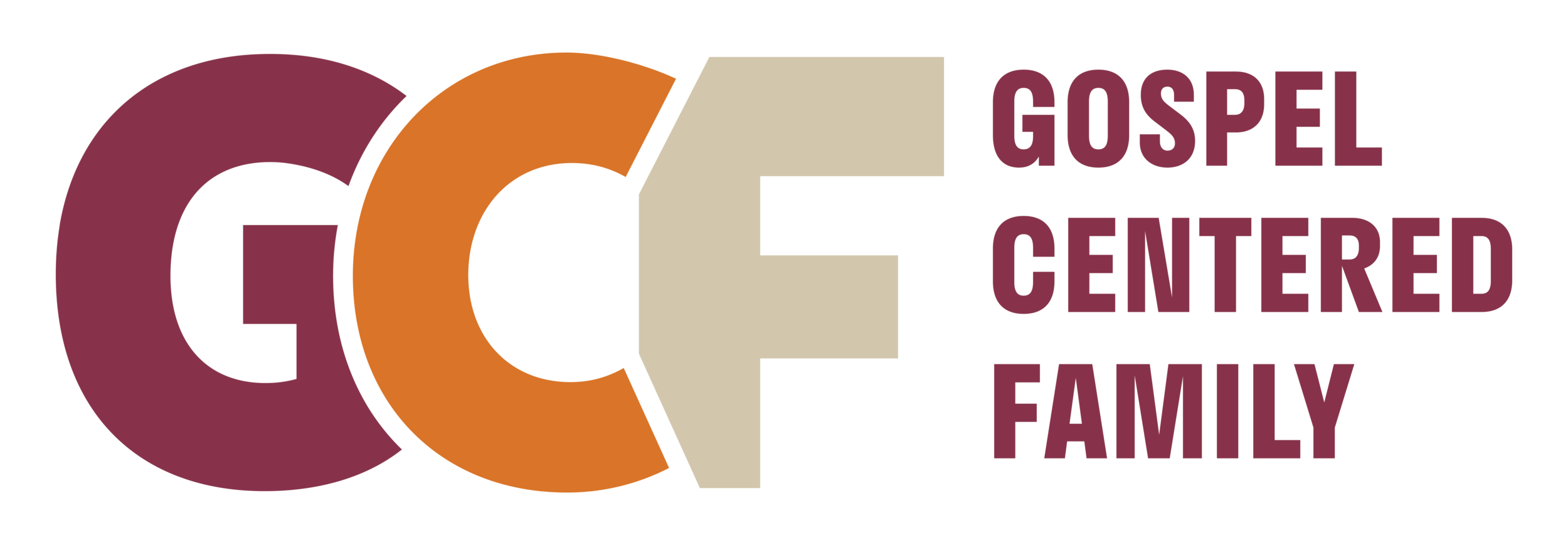What Bible Translation Do You Use For Children's Ministry?
Our memory verse for the week was 1 Timothy 2:5. At that time, we were using the New International Version (1984) in our children’s ministry. That passage reads, "There is one God and one mediator between God and man--the man Christ Jesus." A third grade girl on the front row raised her hand right away. She asked, "Who is the mediator between God and women?" She wasn't being sarcastic. She was serious.
That was in 2010. The NIV 2011 came out the next year, and it changed that verse. The new version says, "There is one God and one mediator between God and mankind—the man Christ Jesus." When I saw that change, it made me think back to that day in class. And I began to consider what Bible we would use in our children's ministry classrooms the next time we purchased a classroom set. This month, Jeff, Pat, and I are posting about how to teach from the Old Testament. What Bible translation you will choose is a particularly important question when teaching the Old Testament. Because of the historical distance between our world and old covenant saints, we should go the extra mile to make certain the Bible we're using is readable and clear for kids.
So, here are four questions to ask when choosing a Bible translation for your children's lesson:
Is it faithful? One of my goals when teaching kids is to inspire confidence in God's Word. I can't just buy any Kids' Bible I find on sale on the internet. My first goal is to ensure the translation we're using was produced by faithful scholarship. I reject any translation--like the New World Translation produced by the Jehovah's Witnesses--that comes from a source that denies the evangelical Christian faith. Some of the best evangelical translations are the New Living Translation (NLT), the New International Version (NIV), the English Standard Version (ESV), and the Christian Standard Bible (CSB).
Will kids understand it? A second goal I have when teaching kids is to inspire them to read their Bibles. So I'm looking for a Bible that third grade girl in our children's ministry can open up and understand. We don't use the King James Version because the older English grammatical constructions are more difficult for early readers. This is also why I lean toward choosing thought-for-thought, or dynamic-equivalent, translations like the NLT, NIV, or CSB over the more wooden word-for-word translations found in Bibles like the New American Standard (NASB).
Is there anything that will be a distraction? Of course, no Bible translation is perfect, so before you teach, you should read through the passage for the lesson one more time and ask yourself, "Could anything here become a distraction?" One classic example is when Paul says, "I was stoned" (2 Cor. 11:25 NIV). That's a great reason to change your translation of choice for the day—especially if you're teaching 5th grade boys!
What translation will best aid further learning at home? In our children's ministry, we sing Scripture memory songs from Seeds Family Worship, the Rizers, and old VBS curriculums as well. Those songs are based on the NIV, ESV, and the NLT. Often, when a passage I'm teaching corresponds with a song, I'll use the translation on which the song is based. That way, hopefully the kids will make a connection to their Bible lesson the next time they are singing along with that music on the way to school. I also think about choosing the translation that most closely corresponds to the Bible parents use in church gatherings. When we used the NIV for chair Bibles at our church, I chose the NIV for our classrooms sets.
Those are the questions that guide my choice of a Bible for teaching. What do you ask yourself when you're choosing a Bible for your classroom?

